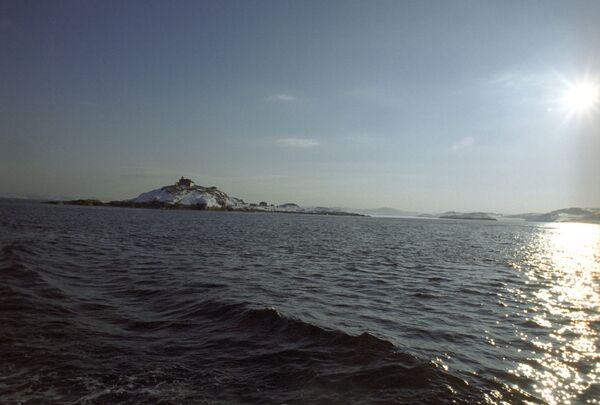Russia must decide by 2013 what to do with two sunken nuclear submarines in the Barents and Kara seas in order to avoid the potential radioactive pollution of the area, a senior Russian nuclear official said on Monday.
"We must decide as soon as possible whether we will lift these subs or bury them completely on site," Ivan Kamenskih, deputy general director of Russia's nuclear corporation Rosatom, told a conference on board the Yamal nuclear icebreaker.
The B-159 (K-159) was a November class nuclear submarine, which sank in the Barents Sea in August 2003, 238 meters down, with nine of her crew and 800 kilograms of spent nuclear fuel, while being moved for dismantling.
The K-27 was an experimental attack submarine built in 1962 and decommissioned in 1979 due to its troublesome nuclear reactors. Her reactor compartment was sealed and the submarine was scuttled in the eastern Kara Sea in 1982 at the depth of 33 meters.
"I think the issue should be resolved in 2012...We must decide on their fate now to make sure that in the future we will not have problems with radioactive pollution of the areas where these subs are located," Kamenskih said, adding that at present radiation levels at wreckage sites are normal.
The official also said that the wreck of the third sunken submarine, the Komsomolets, will most likely remain at the site of the 1989 accident forever, as the salvage operation will be too costly and dangerous.
The K-278 Komsomolets nuclear submarine sank in the Norwegian Sea on April 7, 1989, south of the Bear Island. The submarine sank with its active reactor and two nuclear warheads on board, and lies at a depth of 1,685 meters.


